Guide to buying the best cheap graphics card
Selection criteria
Choosing the best cheap GPU can be difficult because there are so many options on the market. However, keeping the following factors in mind while shortlisting the best options can definitely help.
Price vs performance
More than the absolute price, what matters more in the budget segment is price versus performance. The received frame rate is what makes or breaks the purchasing decision.
Performance per watt
High power consumption generates a lot of heat, causing the GPU to overheat. Hotter cards require better cooling hardware and can negatively affect your overall PC budget, electricity bill, and card lifespan.
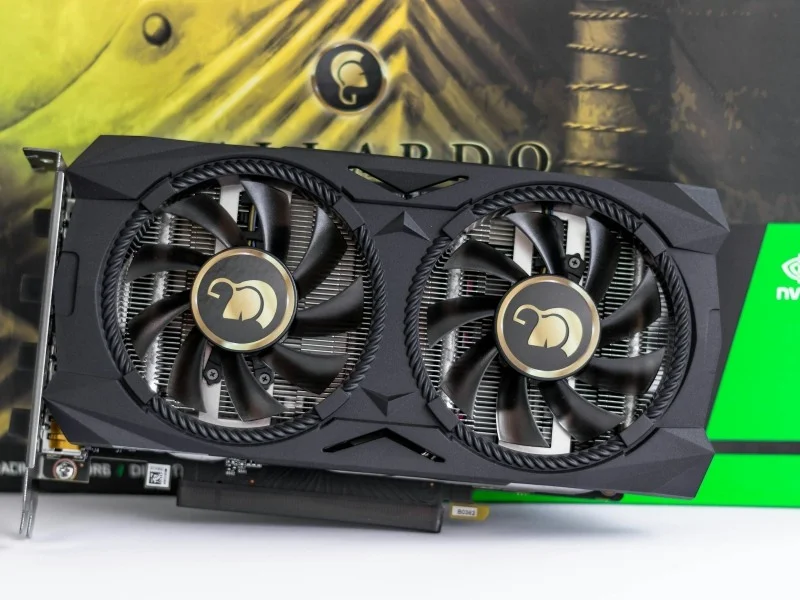
VRAM
VRAM or Video RAM is an essential factor when choosing any graphics card. But it becomes even more important in the low-cost segment, because you will often see manufacturers skimp on VRAM on low-cost models. Running out of available VRAM can affect gaming performance, causing stuttering, blurry textures, strange phenomena, and application crashes.
Software features
Modern games rely on upscaling and other AI features to render playable frames at high settings and resolutions. Nvidia's DLSS, AMD's FSR, and Intel's XeSS technologies can all increase frame rates in games, but quality and consistency can vary between them. Ray Tracing performance, support for productivity applications, available encoding formats, and suite depth all matter.
Compatibility
Upgrading a graphics card doesn't always happen individually. You may end up with a card that needs more power than the current power supply can provide. Or, your card may not fit in the case. You may also need an adapter cable to connect the graphics card to the PSU.
Guide to buying the best cheap graphics card
While the definition of a 'budget' graphics card has evolved since the early 2000s (when the first modern GPUs started to come out), so has the price – compared to the latest and greatest GPUs of the time. – remains largely stable. On average, budget graphics cards usually cost about 1/4 the price of flagship products.
For example, the ATI Radeon HD 5450 is a relatively affordable GPU launched in 2000, priced around $100-120. And the fastest graphics card at the time was the Nvidia GeForce 2 Ultra, which cost $499. Similarly, cheap graphics cards today cost $500, almost a quarter of the current price of the Nvidia GeForce RTX 4090, which is around $2,000.
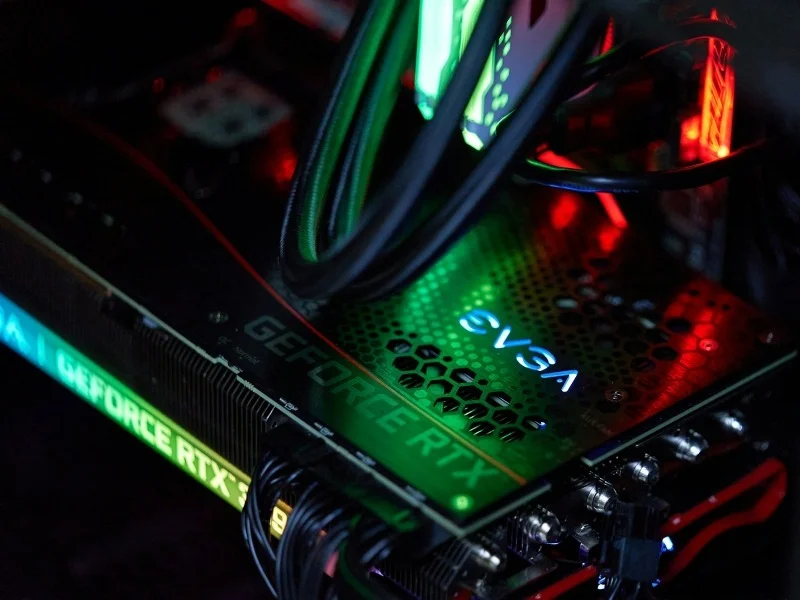
Besides budget graphics card prices, what's changed is that the industry has gradually begun to move away from this segment, focusing on providing the most value in higher-priced SKUs. However, for price-conscious buyers, the budget segment still has some worthy options, as long as it's at 1080p high settings or 1440p medium settings.
1. Best overall pick: AMD Radeon RX 6750 XT
AMD is the value champion when it comes to graphics cards, and the Radeon RX 6750 is no exception. It may be on the latest generation RDNA 2.0 architecture, but the performance it delivers at its current price is phenomenal. For reference, it's almost 20% faster than the RTX 4060 for the same price (~$300) and comes with 50% more VRAM. You can expect excellent High 1080p Ultra and 1440p gaming from this GPU, even with Ray Tracing enabled in many titles.
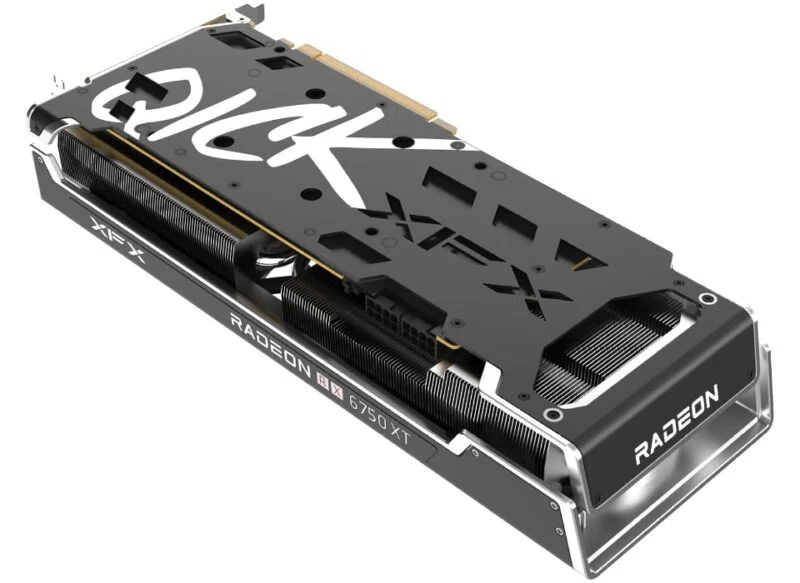
2. Best Overall Value: AMD Radeon RX 6650 XT
Another AMD product on the list, the Radeon RX 6650 XT, absolutely deserves this position because it offers solid performance for just over $200. At this price, it's hard to expect much, but the 6650 XT delivers impressive results at both 1080p Ultra settings and High 1440p settings. If you don't need Ray Tracing or Path Tracing, this card is easily the best cheap graphics card for you.
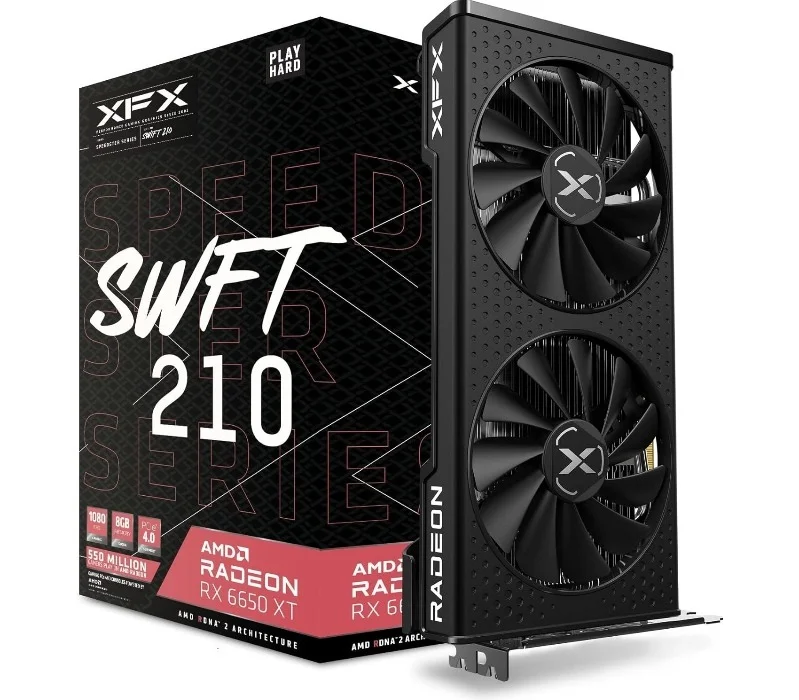
3. The most advanced option in the segment: AMD Radeon RX 7800 XT
Promising phenomenal 1080p performance as well as 1440p at Ultra settings, you can even try 4K with the Radeon RX 7800 XT. This graphics card is comparable to the RTX 4070 Super but costs about $100 less. It also includes 16GB of VRAM, compared to the 4070 Super's 12GB, which should prove very useful at 1440p and 4K.
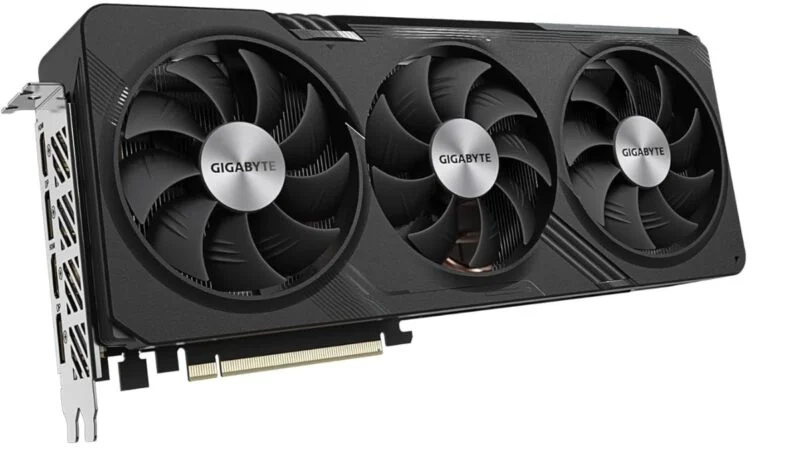
4. Best for Ray Tracing: Nvidia GeForce RTX 4060 Ti 16GB
If you want to experience Ray Tracing effects in the latest games but still want to invest at a relatively lower level, the RTX 4060 Ti 16GB will be the best cheap graphics card choice. Even though the 4060 Ti falls far short of the high-end option in terms of performance, you're also saving a decent amount of money. You can expect over 80 FPS at 1080p and close to 60 FPS at 1440p in Ray Tracing titles.
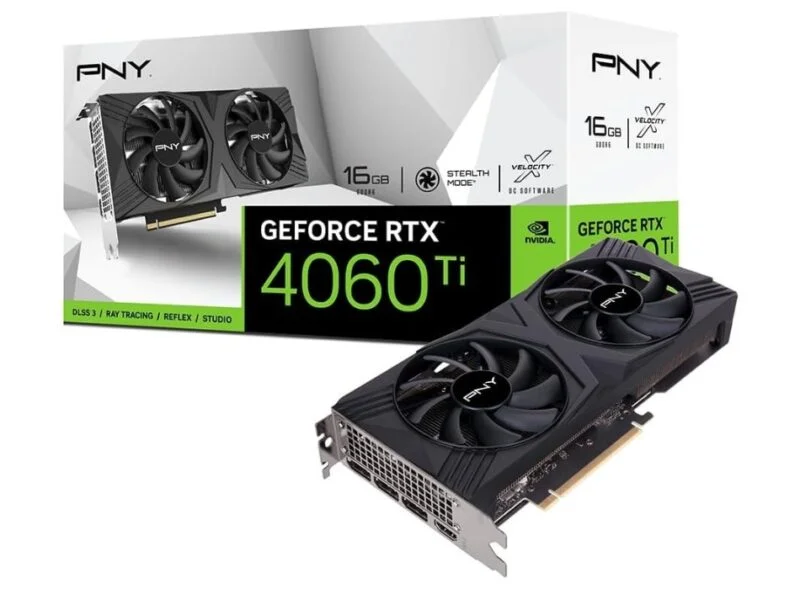
5. Best basic option: Intel Arc A580
Dropping below the $200 mark, we're entering entry-level graphics card territory. Here, the Intel Arc A580 is probably the only reasonable choice. This 8GB graphics card is one of Intel's first attempts at re-entering the discrete desktop graphics market. And in terms of price, Intel really delivers with the A580. It offers more than adequate performance at 1080p and impressive rendering at 1440p.
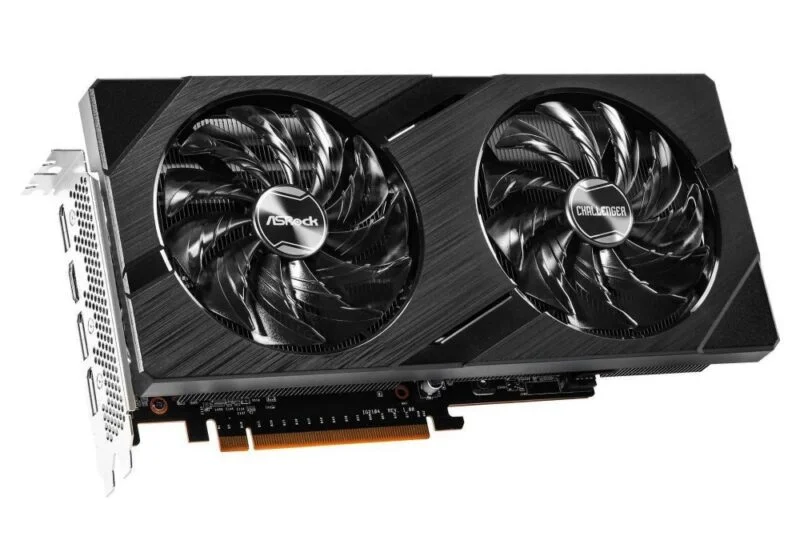
You should read it
- List of the best graphics cards according to the price segment
- How to Update Graphics Card
- Top 7 best AMD graphics cards (GPUs) 2020
- 7 things you need to know about integrated and dedicated graphics cards
- Use GPU-Z to analyze graphics card parameters
- How to fix the NVIDIA graphics card error is not displayed in Device Manager
- How to speed up onboard graphics card on window
- How does the Intel HD Graphics 520 graphics card perform?
- Is the Intel HD Graphics 620 graphics card strong? What games can you play?
- How to Check the Graphics Card on Your Computer
- The 6 best graphics cards for your all-white gaming PC
- How to install a new graphics card (GPU) in the PC
May be interested

What is Apple's Ultra Retina XDR display on iPad Pro?

5 best earbud headphones in 2024

Instructions for checking laptop battery health using BatteryInfoView

Top best gaming keyboards in 2024

Some Intel CPUs have reduced performance by 9% after just 1 update

GeForce Experience has problems finding games on Windows: Here's how to fix it






 The 6 best graphics cards for your all-white gaming PC
The 6 best graphics cards for your all-white gaming PC List of the best graphics cards according to the price segment
List of the best graphics cards according to the price segment How to Update Graphics Card
How to Update Graphics Card Top 7 best AMD graphics cards (GPUs) 2020
Top 7 best AMD graphics cards (GPUs) 2020 7 things you need to know about integrated and dedicated graphics cards
7 things you need to know about integrated and dedicated graphics cards Use GPU-Z to analyze graphics card parameters
Use GPU-Z to analyze graphics card parameters